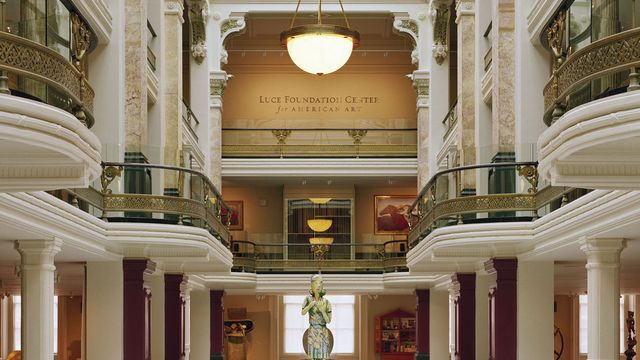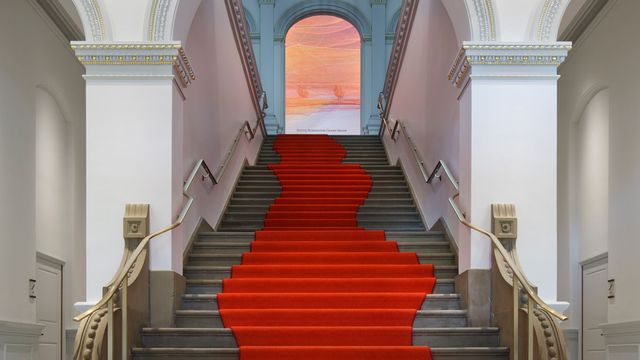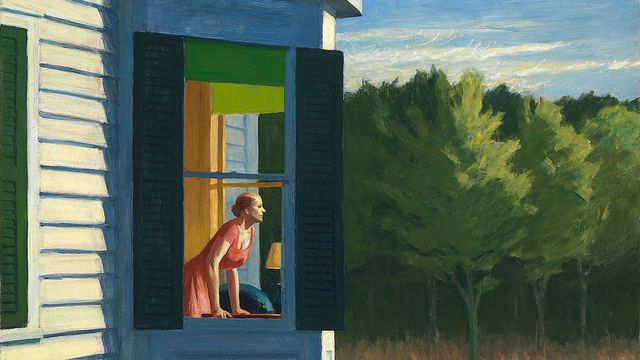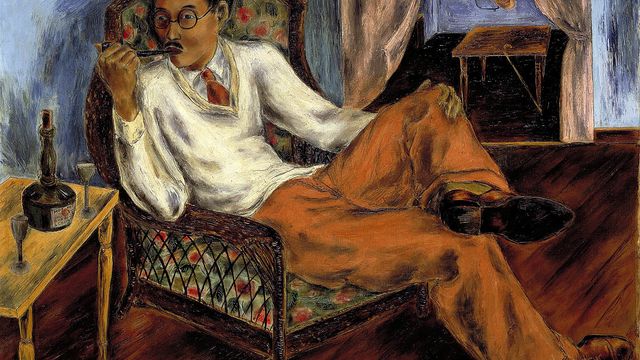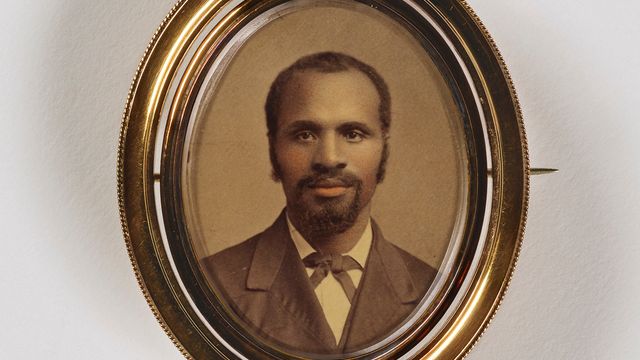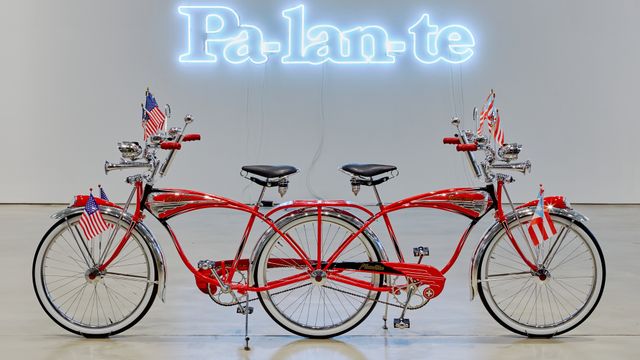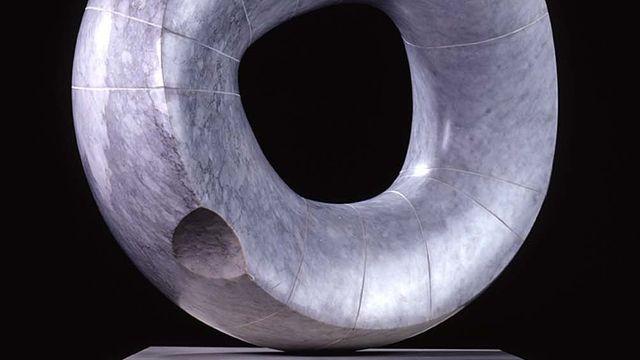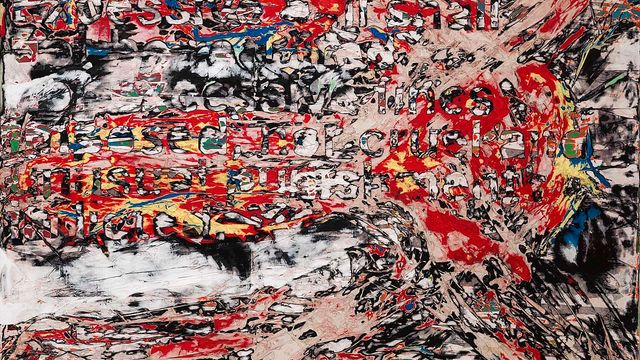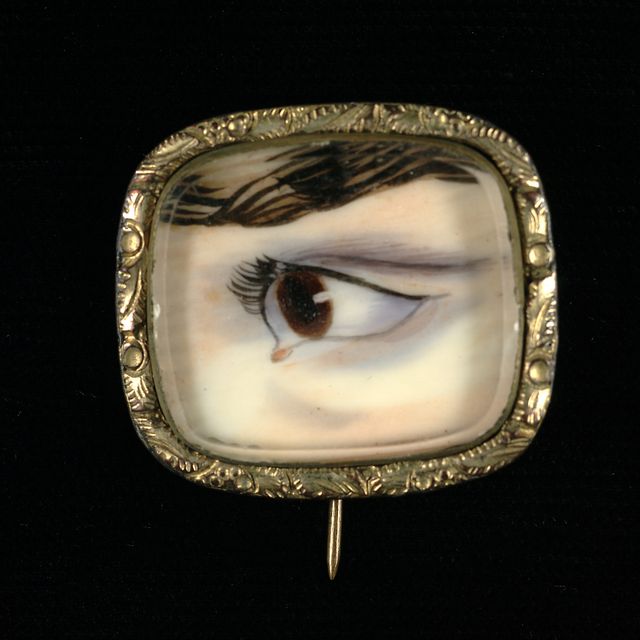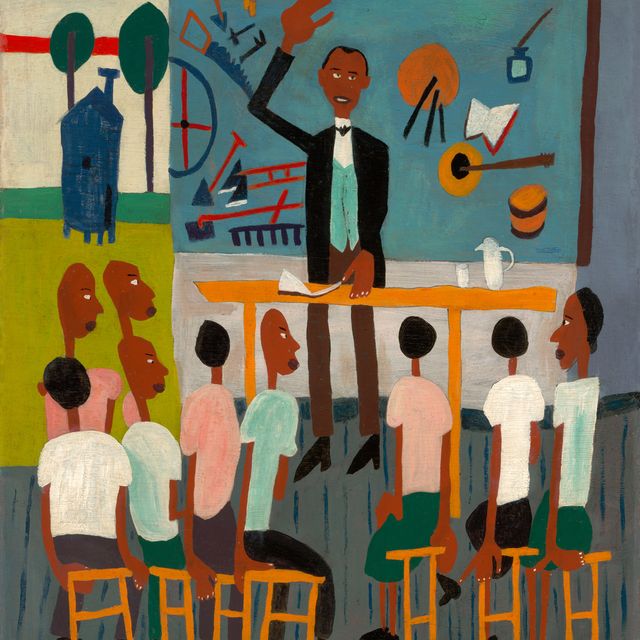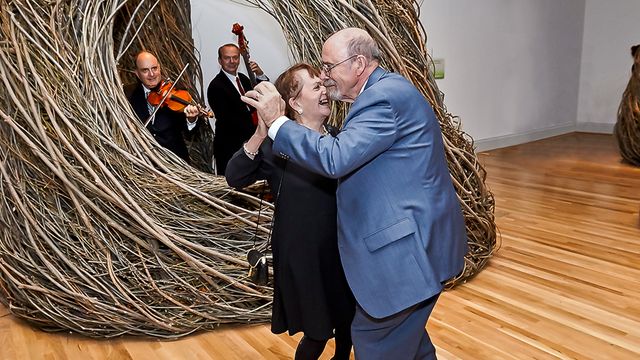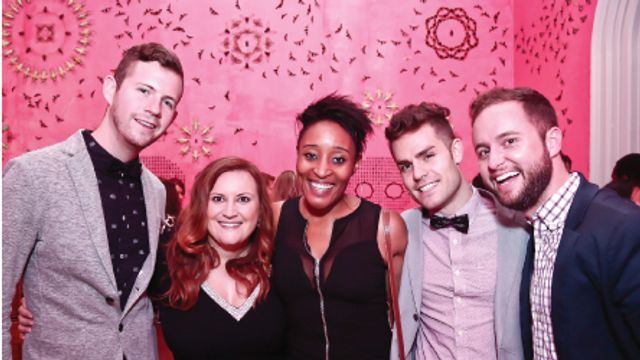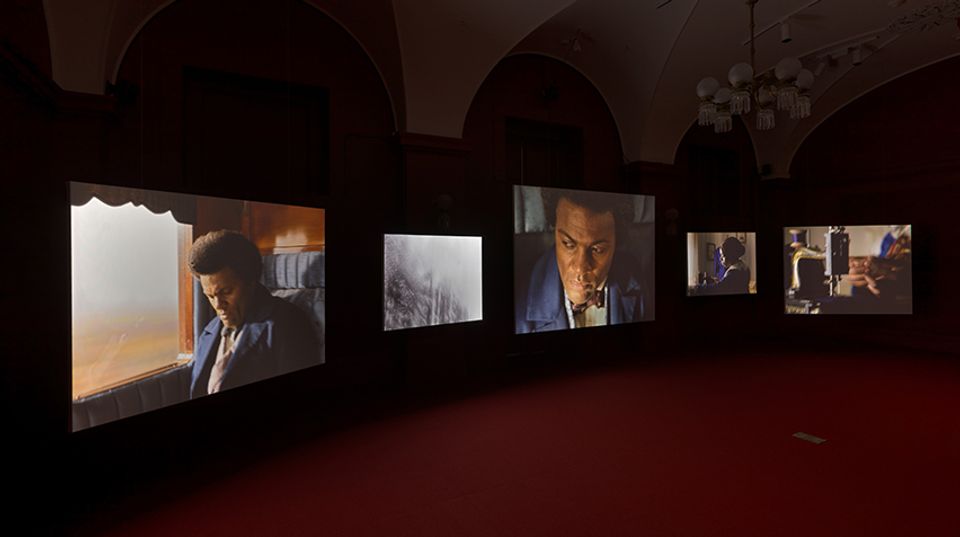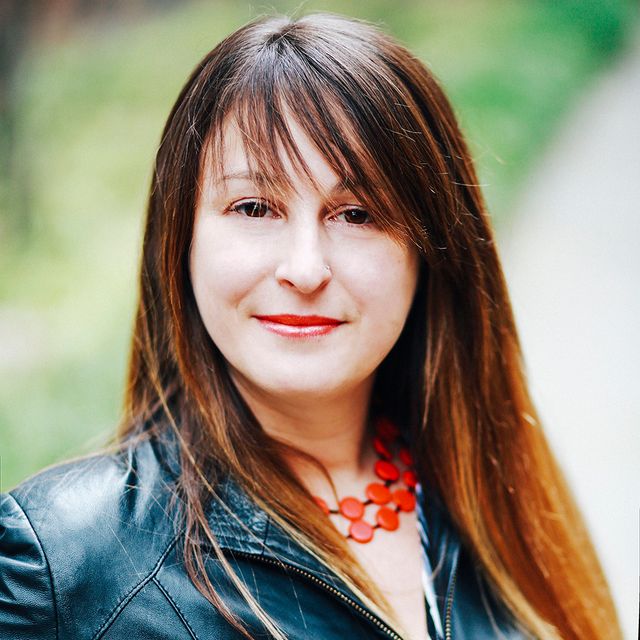
The American Art Museum's monthly concert series, Take 5!, brings one of America's original art forms—jazz—to the stage every third Thursday. On June 18th, the DC Jazz Composers Collective, will play new works they composed for this performance taking inspiration from our collection. Katy Corella, Public Programs Coordinator, spoke with Kevin Pace, one of the founders of the DC Jazz Collective, to learn more about his work in the local jazz community and what inspires him.
Eye Level: The DC Jazz Composers Collective is a non-profit organization seeking to increase the performance of original jazz compositions. How did you get started doing this?
Kevin Pace: A few years ago, a band led by Collective member Bobby Muncy played every Wednesday night at Utopia on U Street. We played only original music and anyone was welcome to bring their tunes to play with the band. In that spirit we formed a non-profit organization as a way to keep original jazz music in DC alive.
EL: It seems like we have such a rich jazz landscape here in the city. Is the need for original jazz compositions a large concern in the greater DC jazz community?
KP: I think it depends on who you talk to. Some musicians only play standards, others run repertoire bands. That preservation of history is just as vital to the growth of jazz as are the ensembles that play new tunes or incorporate songs outside of the genre. So while some players might not agree that it's necessary to play new music on gigs, I'm pretty sure we all agree that a larger variety of jazz concerts and their availability to the public will only enrich our musical community.
EL: What is your composing process like?
KP: Honestly, that depends on the day. Some days I'll be practicing and a tune will just pop in my head. I'll write it down as fast as possible then move on to something else. If I remember it a day or two later then it's a keeper. Other days I'm only able to write a bar or two and the music can take weeks to complete.
Luckily, for this concert I was able to spend a good many hours in the gallery. Researching the art, artists and the stories behind some of their works provided a ton of inspiration.
EL: We're really excited about your show because it's unlike most other Take 5! concerts—you have used our collection to inspire your jazz compositions! Can you tell me about artworks you found in the collection that inspired you?
KP: Three that inspired me were: Automotive Industry (mural, Detroit Public Library) by Marvin Beerbohm, Its Another Spring by Man Ray, and Split by Kenneth Noland.
I have no idea why these stood out to me more than others. I'm sure other members of the collective Gene D'Andrea's, Bobby Muncy's, and guest trombonist Reginald Cyntje's inspiration for their compositions for the concert were completely different. It makes you wonder what speaks to different people.
EL: If you could have any artist create a visual representation of your music, who would it be and why?
KP: I would love for Banksy to interpret my music because I'm sure it would be the opposite of whatever I would expect it to be —as long as he doesn't spray paint my bass during the show. What I'd love to see happen is the Collective and an artist create a work together live and completely improvised. That would be incredibly hip!
The DC Jazz Composers Collective will be performing as a part of the Take 5! Jazz concert series on June 18th, 2015 from 5-8 p.m. in the Kogod Courtyard. No reservations required.

